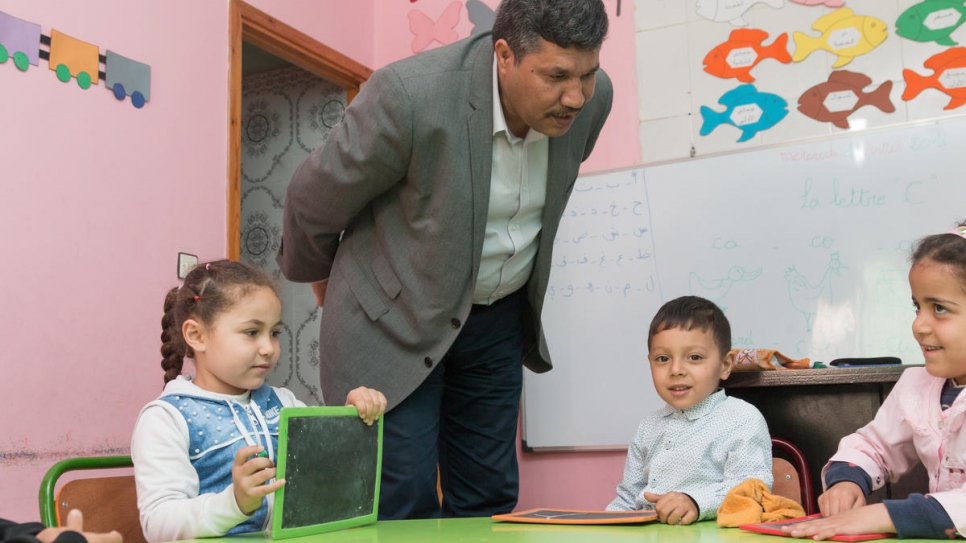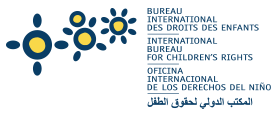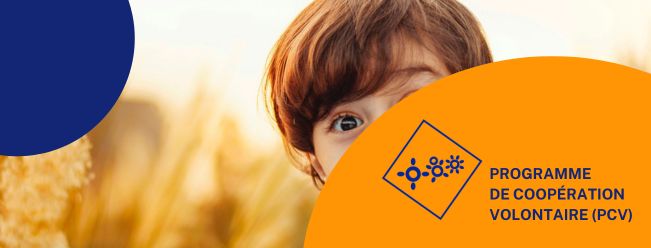
A brightly painted three-storey building in Kenitra, 40 kilometres north of Morocco’s capital Rabat, stands out among its pastel-hued neighbours.
It is home to the country’s first refugee cooperative, a kindergarten called “Hope”, run by a group of refugees from Yemen’s three-year war.
Inside, Moroccan and Yemeni children play in rooms decorated with cartoon characters and leaf-shaped signs showing the months of the year in Arabic and French. At pick-up time, refugee and local families chat with the kindergarten’s Yemeni and Moroccan staff.
“My parents chose to enrol my little sister in this nursery school since the Yemeni cooperative teaches pupils classical Arabic from an early age,” said a 16-year-old Moroccan girl, there to collect her sister. “In Moroccan kindergartens, they tend to speak Darija, our local dialect.”
Morocco is home to about 7,000 refugees and asylum-seekers from more than 50 countries. More than 3,000 are Syrians, the largest group, followed by about 530 Yemenis who have sought refuge from the world’s largest humanitarian crisis.
The kingdom remains a country of transit for many, but in recent years it has become a destination for refugees from sub-Saharan Africa and the Middle East.
Recognizing this trend, the government, under the instructions of King Mohammed, adopted a new immigration and asylum policy in September 2013. This offered new protections for refugees in Morocco, providing access to public education, health services and the job market.
Photo credits: UNHCR/Jawhar Kodadi





